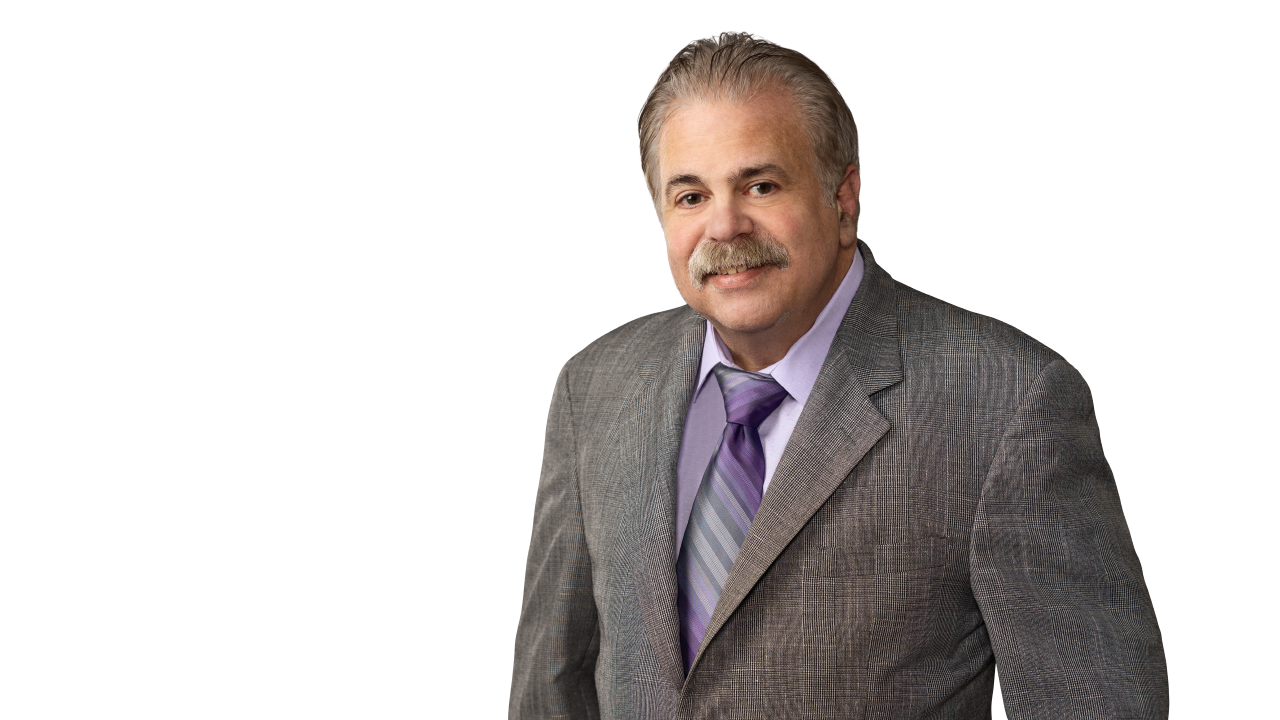Part Two: Reviewing Key U.S. Insurance Decisions, Trends, & Developments
Social Inflation
Insights for Insurers Alert | 6 min read
Feb 11, 2022
This is the second installment of our series of articles reviewing some of the key trends and developments currently impacting the U.S. insurance industry.
Social inflation continues to be a major concern to insurers and their corporate policyholders.[i] The first aspect of social inflation involves abuses in the tort system, which impacts both corporate policyholders and insurers. Corporate policyholders feel the effects insofar as they are subjected to large verdicts and defense costs for which they are self-insured and, to some extent, in the form of higher costs of doing business. As insurers are required to provide a defense and/or indemnify under policies issued to businesses and other entities, the impact of social inflation directed to their policyholders is also visited upon insurers. Accordingly, as to this component of social inflation, the interests of corporate policyholders and insurers are generally aligned. Many of the means to controlling this aspect of social inflation—such as damage limitations, tort reform, requiring full disclosure with respect to litigation funding, and dialing down the abuses in the tort system—may be best achieved through cooperative efforts of the defense bar, businesses, and insurers.
The second aspect of social inflation is aimed directly at insurers. This facet includes expansive reading of policy coverages and rulings by courts in coverage litigation, shifting of policyholder attorney’s fees in coverage litigation, independent counsel fees, and some legislative and regulatory pronouncements. With respect to this component of social inflation, the interests of corporate policyholders and insurers often diverge. We previously discussed the sources of social inflation, some of which are endemic to the U.S. civil tort system and others of which are a function of legal and societal developments.[ii]
In 2020, the impact of court closures and litigation delays associated with COVID-19 and governmental shut down orders appear to have been a short-term social inflation reduction or delaying factor, as progress in cases had been hampered and the number of verdicts had been reduced. Data released in January 2022 shows that the number of bench trials dropped by 39% and jury trials dropped by 64% in 2020.[iii] At least some antidotal reports suggest the delay in cases moving forward has resulted in some plaintiffs’ settlement demands being more reasonable. In such cases, justice delayed may actually be justice achieved.
In 2021, social inflation appears to have returned with a vengeance. The volume of coverage litigation related to COVID-19 itself fuels social inflation, particularly with respect to first-party property insurance claims. Fitch Ratings expected social inflation to accelerate again in 2021.[iv] In fact, social inflation is widely considered to be the driving cost factor in the commercial liability market, with billions reported in business interruption and event cancellation claims. Many believe that significant pandemic-related liability claims have yet to be reported and additional lines of coverage are expected to be impacted. The evidence in 2021 suggests social inflation—as well as economic (price level) inflation—are significantly on the rise.
The activities of legislators in several states attempting to create business interruption insurance by abrogating applicable exclusions and requirements in first-party property policies by legislative fiat, if passed, would have spurred additional social inflation. Fortunately, so far, none of these proposed bills have become law. Pending federal legislation, as currently drafted, would not pose the same threat, as it is directed to prospective pandemics and insurer participation would be voluntary.[v]
It is undeniable that economic inflation contributes to the social inflation experienced by insurers. The Consumer Price Index (“CPI”) rose 6.2% in the 12 months ending October 2021. For example, supply chain constraints have produced shortages of lumber and other building materials, driving up the costs of property repairs. Shortages of microchips also increase costs to build and repair properties and other goods that incorporate chips. The medical CPI, in particular, is outpacing the overall CPI and liability insurance losses are influenced by medical costs for injured plaintiffs. Although recent advances in medical treatments for trauma victims (such as skin grafts for burn victims, robotic exoskeletons, and advanced prosthetics) have extended longevity and improved patients’ quality of life, they have also been known to increase the cost of care.[vi]
Although we expound upon social inflation more in the resources cited in the initial footnote, briefly the traditional challenges embedded in the U.S. civil litigation system include the following:
- Large compensatory damage awards historically
- The availability of juries for civil actions
- Exposure for punitive/exemplary and other damage awards
- Conflicting legal standards and rulings
- Class action and multi-district litigation
- Organized, well-funded plaintiffs’ bar
- A system of state and federal law with differing procedural rules, substantive laws, standards, and available damages and other relief
- Forum shopping and carpet bagger claims
- Res judicata and collateral estoppel
- Extensive pretrial discovery: preliminary disclosures, interrogatories, document requests, requests for admission, physical and medical examinations, depositions of fact witnesses, corporate representatives and experts witnesses (increasing defense and indemnity exposures)
- Large defense costs
- American Rule on attorney’s fees works against defendants/contingent fees
- Fee shifting statutes often benefit claimants in underlying litigation and policyholders in coverage litigation
- Junk science and sometimes lax evidentiary standards and broad latitude afforded by so-called expert witnesses
- Tort reform efforts have been continuous, with mixed results, but often meaningful tort reform has been struck down on state constitutional grounds
There are also several modern trends and societal dynamics supercharging social inflation. These include:
- Litigation funding
- Attorney advertising
- “Lawyering up”
- Increasing anti-corporate/anti-insurer sentiment
- Political discourse and views impacting mindset of jurors
- Beliefs over facts
- Reptilian strategy has been effectively employed by plaintiffs’ bar
- Impact of informational age and jury nullification
- Normalization of mega verdicts and awards
- Expanded liability and disappearing defenses
- Aggressive governmental action
- Technology, social media, internet
- Ability to pay merging into liability
- Punishment invading compensatory damages
- ESG/Sustainability
- Challenges to traditional insurance business practices, including practices relating to pricing and controlling risks by the public and regulators
- Price level/economic inflation
- Mindset, attitudes, and culture of Millennials and Generation Z
- Random universe factors
- Jury instructions less effective
- Pro-policyholder rulings and doctrines increasing settlement costs and indemnity obligations
- Increasing defense costs from underlying factors, broad duty to defend law, and policyholder aggressiveness in seeking independent counsel
- Bad faith exposures (duty to defend, failure to settle, inadequate investigation)
- Consumer protection and unfair claims handling statutes
- Efforts to hold adjustors personally liable (previously before Washington Supreme Court and California Court of Appeals and now before the Colorado Supreme Court)
Insurers have been confronting the challenges of social inflation for decades. Some of the steps taken by insurers include:
- Exercising underwriting discipline
- Examining risks more closely
- Adjusting premiums to account for risks
- Lowering limits and including sub-limits where appropriate
- Revising policy terms, conditions, and exclusions to contain/limit the risks associated with underlying liabilities and litigation
- Revising policy terms, conditions, and exclusions to account for developments in coverage law
- Employing AI and technology on both the claims and underwriting sides
- Working with policyholders to employ cogent loss control, safety, and best practices to avoid and limit liability
- Hiring and training outstanding talent
- Retaining skilled counsel and experts
- Using jury research, mock trials, surveys in appropriate cases
- Identifying/evaluating problem cases/claims early
- Rethinking/updating discovery and trial strategy and trial themes
- Countering plaintiffs’ draconian theories and trial techniques
- Adjusting approach to litigation management and relationships with counsel
- Maintaining a culture of excellence
The future of insurers and the health of the economy depend in part upon the ability of insurers to respond to social inflation.
[i] See S.M. Seaman & J.R., Schulze, Allocation of Losses in Complex Insurance Coverage Claims, Chapter 19 (Social Inflation And Sustainability/ESG) (Thomson Reuters, 10th Ed. 2021-22).
[ii] See S.M. Seaman, et al., The Legal Trends Behind “Social Inflation” in Insurance, Law360, (Feb. 2021).
[iii] Cara Salvatore, “Pandemic Put Deep Freeze On State Trials, New Data Show,” Law360 (Jan. 12, 2022).
[iv] Social Inflation Will Be Accelerated by Pandemic, Fitch Ratings (Dec. 14, 2020).
[v] See S.M. Seaman & J. Selby, Tracking The Flurry Of COVID-19 Related Legislative & Regulatory Activity Impacting Insurers, Mealey’s Litig. Rep.: Catastrophic Loss, Volume 15, No. 7 (April 2020).
[vi] Insurers, as well as defense (and coverage) counsel, have to consider whether their practices/mind sets may contribute to social inflation. As one commentator suggests, “[t]o the extent that insurance company claims departments devote more attention to controlling defense expenditures with cost containment measures than to pushing back against swelling indemnity numbers, they may be penny wise and pound foolish.” J. Theodorou, The Scourge of Social Inflation, R Street Policy Study No. 247 (Dec. 2021).
Featured Insights

Employment Law Observer
Dec 8, 2025
12 Days of California Labor and Employment: 2025 Year in Review

Press Release
Dec 4, 2025
Hinshaw Recognized by the Leadership Council for Legal Diversity as a 2025 Top Performer

Press Release
Nov 25, 2025
Hinshaw Legal Team Secures Summary Judgment in Gas Station Injury Case

Press Release
Nov 18, 2025
Hinshaw Releases the Third Edition of Duty to Defend: A Fifty-State Survey

In The News
Nov 13, 2025
A Profile on Neil Rollnick: After 57 Years in Practice, He Has No Plans to Retire









